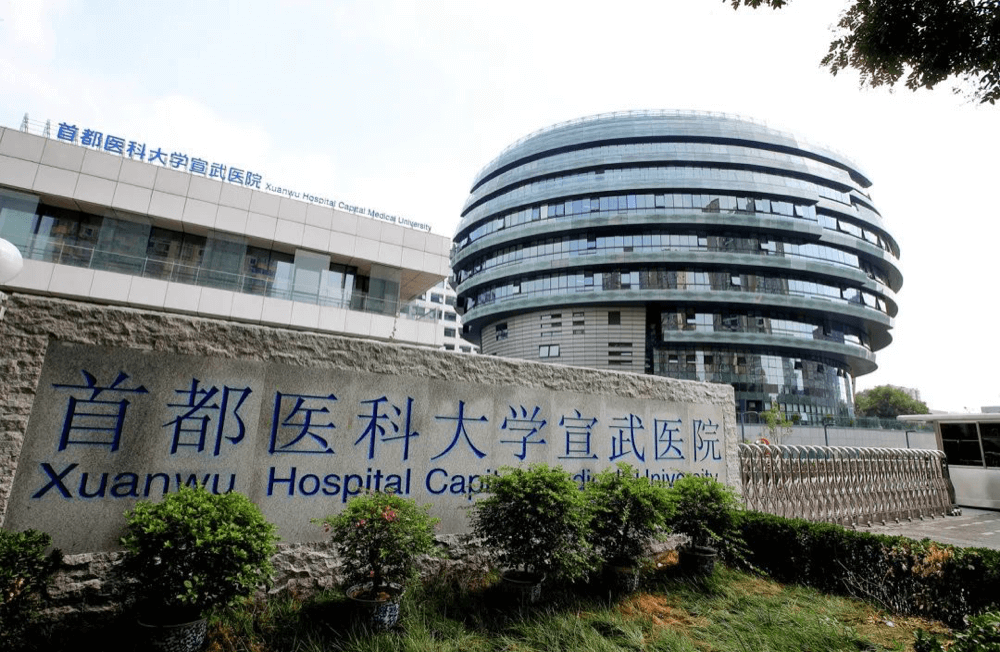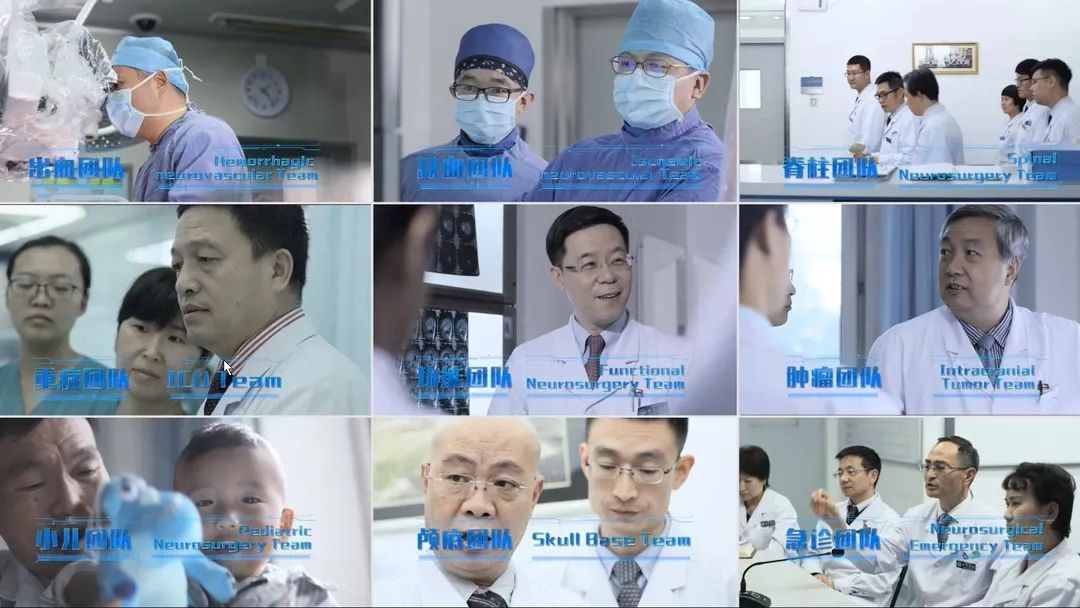
On October 31, the Chinese Academy of Medical Sciences released the results of the Science and Technology Evaluation Metrics (STEM) for Chinese hospitals and medical colleges in 2020. The research evaluated 1634 hospitals across the nation. The report ranks the top 100 hospitals in each of the 31 medical disciplines. Xuanwu Hospital of Capital Medical University ranks third in China in the discipline of neurosurgery on the Science and Technology Evaluation Metrics.
The Neurosurgical Department of Xuanwu Hospital is the founding base of Chinese neurosurgery and the cradle of training neurosurgery talents. Professor Zhao Yicheng, a pioneer of neurosurgery in China, founded it in the early 1960s. Under the leadership of Professor WANG Zhongcheng, DING Yuji, LING Feng, ZHANG Hongqi, it becomes a high influence neurosurgical center at home and abroad with modern equipment, excellent technology, and reasonable echelon formation. Since China-INI (China International Institute of Neuroscience) was fully put into operation in February 2019, the Neurosurgical Department of Xuanwu Hospital has 345 beds, 72 doctors, 181 nurses, 8 sub professional groups, 26 main diagnostic units, 13 operating rooms (including 2 hybrid operating rooms, 1 MRI manual operating room) and 5 catheter rooms. More than 10000 complex neurosurgical operations are completed every year.

The scientific and technological evaluation results of Chinese hospitals have been continuously released from 2014 to 2020, and received extensive attention by the society. In 2020, Chinese hospital STEM follows unified standards, integrate sources and methods. The evaluation is based on three dimensions: scientific and technological output, academic influence and scientific and technological conditions. The dimension of the scientific and technological output includes journal paper and citations, patents, national and industrial standards and guidelines, etc. The academic influence dimensions include the science and technology awards, academic positions, etc. The dimension of the scientific and technological conditions includes research projects and research platforms.
The Science and Technology Evaluation Metrics(STEM)of Chinese hospitals were further optimized in 2020. There was greater weight on direct indicators and emphasis on actual contributions and performance. The titles of talents were revised to better reflect their scientific and technological activities. The discipline of academic misconduct was strengthened for greater integrity of the scientific research. Greater focus was placed towards the clinical scientific and technological achievements and towards highlighting clinical research ability. These changes will lead to improvement of the quality of scientific and technological advancements.
(This article is translated by Hao Deng.)
Any use of this site constitutes your agreement to the Terms and Conditions and Privacy Policy linked below.
A single copy of these materials may be reprinted for noncommercial personal use only. "China-INI," "chinaini.org" are trademarks of China International Neuroscience Institute.
© 2008-2021 China International Neuroscience Institute (China-INI). All rights reserved.